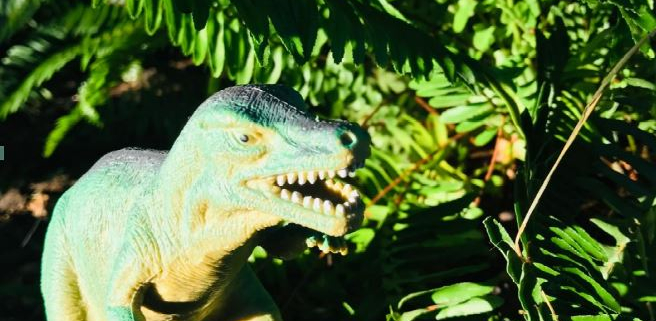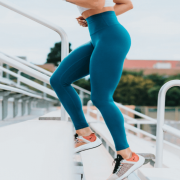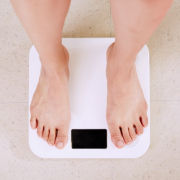To Be Happy and Healthy, Let the Outside Inside
It all started with a single plant. A Philodendron.
Not a typical houseplant, its large rippled leaves unfurl from tight rolls until they are the size of dinner plates. Dozens of leaves fall over the sides of the pot and stretch up to press their bold bodies against my kitchen window.
It was one morning, early as the sun was just beginning to pour through the glass, that I noticed a tiny friend. A spider, just the size of a freckle.
My instincts were to recoil. To squish it between folds of tissue. But, I stopped, I felt compassion as it sat perched on a perfect web, a fruit gnat caught in the middle. Breakfast. And nature’s pest control.
Since that moment I have become a hobby entomologist, microbiologist, and advocate for the small souls that we share our homes with (wanted or not). My greatest lesson in nature has been: if we fear something, then we should learn about it – understand it – and then live peacefully with it.
It is not only the tiny lives we can see and observe with our naked eye, but the invisible magic that floats in the air we breathe, lands on the surfaces we touch, and that we exchange with the people we love. My home is a flourishing microcosm of biodiversity ranging from human beings, to spiders and ensign wasps, to bacteria aplenty.
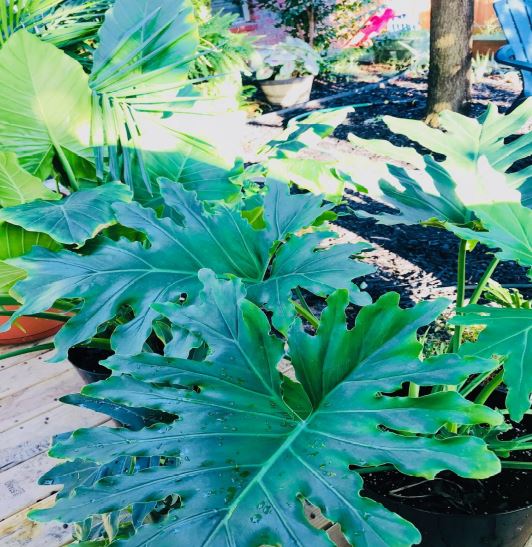
Photo by Erin Cox
More Them Than Us
In fact, individual bacteria in and on our bodies outnumber our own cells. We are more other than self. My four large ferns that thrive in my shade garden are a part of the oldest surviving plant family on earth dating back way before mighty T. rex roamed to about 380 million years ago. The fern carries with it its own unique bacteria that spreads from plant to plant through the seeds and onto subsequent generations. The biodiversity of my ferns is prehistoric. My biodiversity is prehistoric too. I trail my fingers over my ferns and I interact on a cellular level. This is good for my soul, but is good for my body too.
Dirt’s Dirty Gift
When I garden, I seldom wear gloves. Sure, I get bit now and again, stung occasionally, and end up with unsightly manicures, but I also get a dose of Mycobacterium vaccae, a bacteria that lives in soil and has a tendency to get into one’s brain. When it does it makes you happier. This specific bacteria has been found to trigger the release of serotonin which is the chemical in our brain that improves mood and brain function. Play in the dirt, get your hands dirty, let your brain become delightfully infected with Mycobacterium vaccae.
More modern research into the effects of bacteria in and on our bodies has shown that most often we benefit from an enriched microbiome. There are billions of different bacteria in the world and fewer than 1% are potentially harmful to you. When thinking about your health and beneficial bacteria colonization, think about it this way: Bacteria are neither good nor bad – they are neutral – and the right bacteria in the right place, at the right time, can greatly benefit you and your family. The key is diversity of the microbiome.
Forget Butterflies, It’s the Bacteria
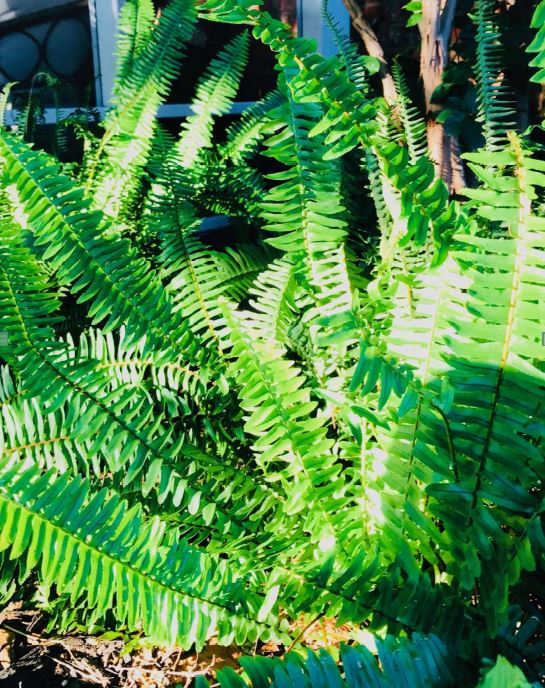
Photo by Erin Cox
Inside our bodies – primarily our digestive tract – we have a whole universe of life that rises and falls in population depending on the state of our gut. It’s easy to believe that health is tied to a lack of bacteria inside and on our bodies as most of us have been taught that being super clean is the ultimate goal and that germs are bad guys, but it is quite the opposite. It is more likely that the greater the diversity of your microbiome, the healthier and happy you may be.
The bacteria-gut superhighway is that of the vagus nerve that runs from your core to your brain. It affects everything from how we feel – think butterflies in your stomach – to how we behave. Chances are the communication and exchange of chemicals between the bacteria and your brain are controlling everything about you – even your personality.
The bacteria that live on our skin and cover everything in our homes provides a great suit of armor against the few microbes that we may actually not want around us and our families. When our natural bacteria is populous and diverse it colonizes in a way that is strong – like a tiny micro military – and protects us from the potentially harmful bacteria that may sneak in on a shoe bottom from a public restroom, or a play date with snot-nosed Scotty. If these “other” bacteria try to colonize, the healthy populations of bacterial-us will stand firm and leave little room for the invading army.
The more diverse the bacterial armor, the better it works for us. So, how does one promote a healthy microbiome inside and outside the body? You start by letting the outside inside. Let the plant and the spider into your home – they will both bring a multitude of bacterial types inside too. Let the breeze flow in your windows and allow the prehistorical bacteria native to your fern in as well. Eat the sour kraut and the broccoli and the local honey – from which the bees and the flower gift their microbial presents (and presence).
Be diverse in mind, body, and soul. Stop being afraid of the tiny others; they are who we are.
Blog Author: Erin Cox- Practice Manager
Main Blog Photo By: Erin Cox
